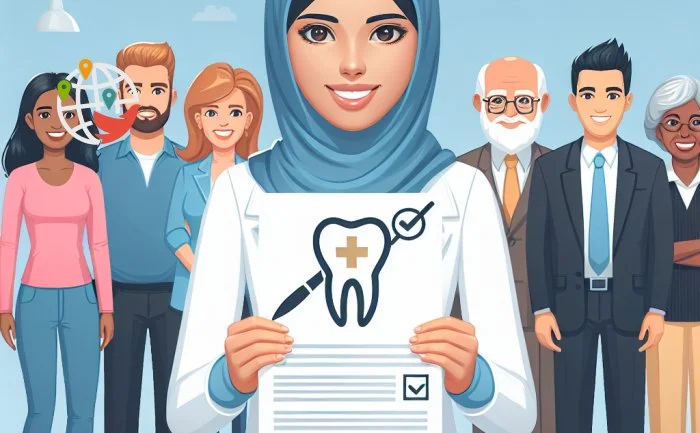Canada introduces federal dental plan

The authorities will ensure access to dental care for different population groups.
Health Minister Mark Holland has revealed the first details of the federal dental plan, a program designed to provide dental services at public expense. It will be introduced gradually and, when fully implemented, will open access to dental care to 9 million uninsured Canadians with an annual household income of less than CA$ 90,000.
The following criteria must be met to qualify for the program:
- not having your own dental insurance;
- have a net income of less than CA$ 90,000 per household;
- to be a tax resident of Canada;
- file a tax return in the previous year.
In December 2023, which is now, applications will open for seniors aged 87. The program will then gradually become available to Canadians of other ages:
- January 2024 — 77 to 86 years old;
- February 2024 — 72 to 76 years old;
- March 2024 — 70 to 71 years old.
All Canadian residents of eligible age groups who may be eligible will receive letters inviting them to apply. The letters will contain detailed guidelines.
An online application portal for seniors 65 and older will open in May 2024, and the program will be available for children under 18 and people with disabilities starting in June. All other eligible Canadians will be able to apply online starting in 2025.
What the insurance covers
Insurance will help cover the cost of various cavity care services (some of which will not become available until fall 2024):
- preventive services including cleaning, polishing, sealants and fluoridation;
- diagnostic services, including exams and x-rays;
- restorative services, including fillings;
- endodontic services, including root canal treatment;
- orthopedic services, including full and partial removable dentures;
- periodontal services, including deep scaling;
- oral and maxillofacial surgery services, including tooth extraction.
Health Canada works with the provinces and territories on public oral health services.
Amount of coverage
The program is currently budgeted at CA$ 13 billion over the next five years. It will reimburse a percentage of eligible expenses at set rates. The percentage of copayments will depend on family income as follows:
- no surcharge for those whose annual household income is less than CA$ 70,000;
- a 40% surcharge for those whose annual household income is between CA$ 70,000 and CA$ 79,999;
- 60% surcharge for those whose annual household income is between CA$ 80,000 and CA$ 89,999.
According to Holland, the health care system incurs "huge additional costs" due to people having to wait until dental conditions are bad enough to seek care at the emergency room. In 2017, these avoidable visits cost the health system an estimated $1.8 billion CAD.
One-third of people living in Canada do not have dental insurance, and in 2022, one in four Canadians reported avoiding visits to an oral health professional because of cost.
Once eligibility is extended to all eligible Canadians in 2025, it will be the government's largest social program.





























